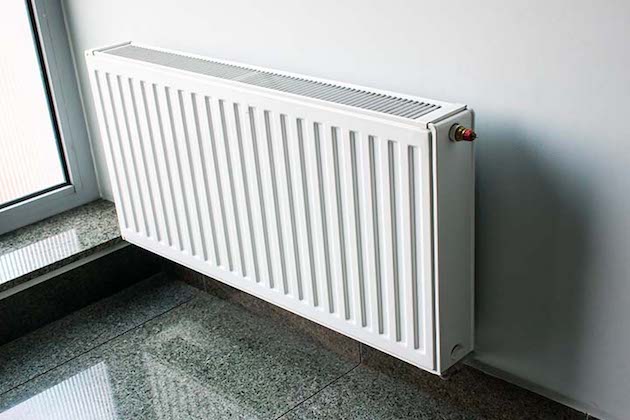There’s nothing worse than having a leaky radiator and not knowing what to do. That’ll all about to change as we go over what you need to know to keep your home dry when you discover a leak…
The basics of finding a leak
If you already know where the leak is, then you are off to a great start but sometimes it isn’t as easy is that. The easiest way to find out where a leak is coming from is of course by looking, but if it is coming from an area that you can’t see everything from, then you next best bet is to use your ears and listen for running water or damp patches.
Once you have found the leak, put something down on the ground that will be able to absorb the water. This is a very important step, particularly in rooms where you have a flooring type that can easily be damaged by water. We recommend that you look in 3 particular areas when it comes to water leaks –
the body of the radiator itself, the bleed point, valve or tail and the pipe filling the radiator with water. We’re going to look a bit deeper into a leaky valve or tail.
Radiator Tail
If you find a leak, the first thing that you need is to drain of your system and make sure that there is no more running water going through your system. This will take out all of the water that is inside so that you can get to work on a fix for the leak. To do this, turn off your radiators supply valve, as well as undoing what is known as the lockshield valve.
Open the bleed valve from there. As a general rule of thumb here, we think that the best thing to use are plastic faced tools. The reason for this is that when using metal faced tools, you run the risk of marking your radiator and leaving lasting damage. When you do this, you’ll notice that the dripping will still be happening but make sure that you have your towel at the ready to catch any water that comes out.
Once that’s done, use a good amount of PTFE tape and re-wrap the male end of the tail. It’s important to go too overboard with PTFE tape so we would recommend about 10-15 rotations. You’re almost there, so it’s time to re-tighten the union nut and open up the bleed and lockshield valves. Once the water is back in your radiator, take the time to re-check for any more leaks and close the bleed valve once you are happy.
This goes over the basics of what you need to know but like most things, if you are unsure at any point, get in touch with a professional. Leaks shouldn’t have to be something that you have to worry about.
Live in the Leeds area and need a new boiler installation?
As we said, we know that leaks can be scary but they don’t have to be. If you have any questions or need a qualified Gas Safe heating engineer to help you with your home, get in touch today!


